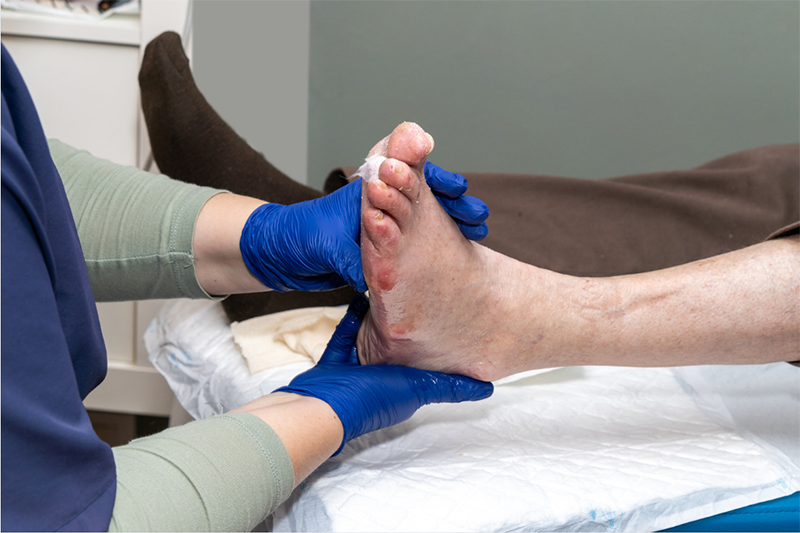Cautery and Curettage

This is a time honoured technique used almost exclusively by Dermatologists.
The curette is an instrument that “scrapes” away the soft tissue that comprises the bulk of some skin cancers. Normal tissue is not affected by curetting. The Cautery (or diathermy) part of the procedure allows the surgeon to seal off any bleeding and at the same time “mop up” any residual tumor cells not removed by curetting.
“C and C”, as it is known, is used for superficial Basal Cell Carcinoma (BCC) and superficial Squamous Cell Carcinoma (SCC) especially when these occur away from the face. In experienced hands, it may also be used on small nodular BCCs and small invasive SCCs. It should never be used on a suspected Melanoma.
The resulting wound heals slowly by itself and generally results in a flat white scar. This scar is generally more superior to a surgical scar on body areas such as limbs and trunk, especially for larger superficial skin cancers, but a surgical scar will generally be cosmetically superior on the face and neck.
A biopsy is always able to be obtained from the curetted tissue which is then sent away for pathological diagnosis.
Curettage, without Cautery, may also be used for a wide variety of benign skin lesions.
